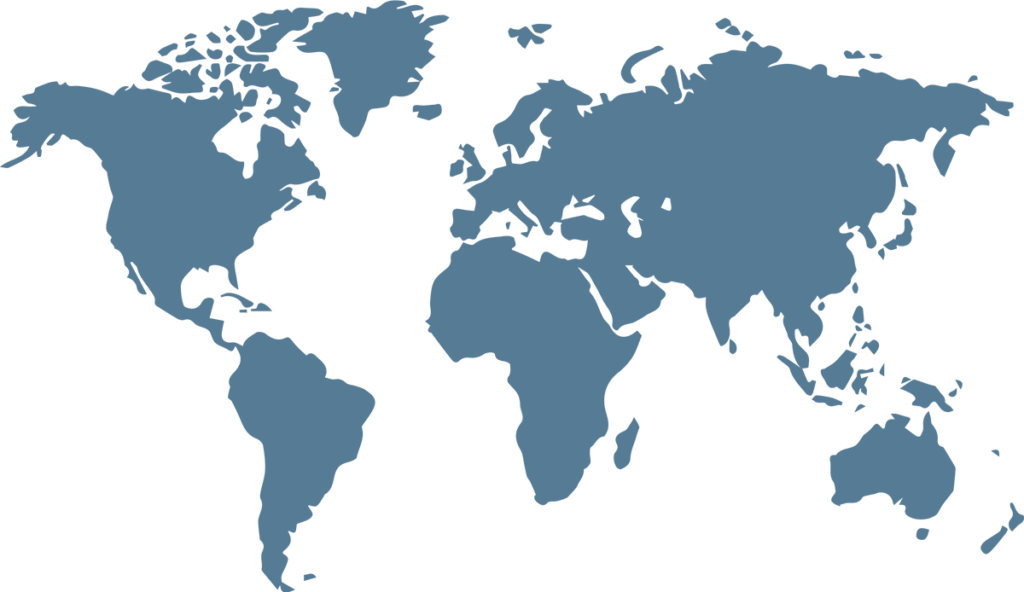Tehran has rejected newspaper claims that Iran and Russia are building a military drone factory in Tatarstan.
Rebutting an article in The Wall Street Journal on February 7, Iranian Foreign Ministry spokesman Nasser Kanani said: “This is fake news. Unfortunately, the countries that are the largest suppliers of weapons and equipment to one of the parties in the [Ukraine] conflict are trying to mislead world public opinion by spreading fake news. The Islamic Republic of Iran is not taking a side in the conflict [in Ukraine] and does not even plan to do so. Its goal is to achieve a political solution to the conflict.”
The US newspaper said that an Iranian delegation lately travelled to Russia to assess the possibility of building a plant in Tatarstan—in east-central European Russia—capable of annually producing 6,000 drones designed by Iran for use by Russia in the war in Ukraine.
Iran has conceded that it sent supplies of Iranian kamikaze drones to the Kremlin, but at the same time claimed all the drones were sent before the outbreak of the Ukraine War. Kyiv has claimed to have evidence, gathered from the remnants of drones shot down, that that is not the case.
In its February 6 daily update on the Ukraine conflict, the Critical Threats Project—created by the centre-right Washinton-based think tank American Enterprise Institute—said: “Failures of Western sanctions efforts against the provision of arms components to Iran have likely contributed to Russia’s ability to bypass Western sanctions to acquire components for combat drones through military cooperation with Iran.
“US officials stated on February 5 that Russia and Iran are moving ahead with plans to build an Iranian drone factory on Russian soil, the second such international Iranian drone factory. Iran opened a drone production factory in Tajikistan—a [Moscow-led] Collective Security Treaty Organization (CSTO) member state and [Moscow-led] Eurasian Economic Union (EAEU) candidate – in May 2022. Russia may leverage its significant economic ties to Tajikistan through the CSTO and EAEU to launder drone components or procure manufactured drones for use in Ukraine to bypass international sanctions.”
The daily update also recalled that UK investigative group Conflict Armament Research (CAR) reported last November that 82% of Iranian Shahed-131, Shahed-136 and Mohajer-6 drones downed in Ukraine had chips, semiconductors and other components that came from the US despite high import and export control restrictions on sending such components to Iran.
“CAR also noted that the downed drones contained higher-end technological capabilities and have a ‘significant jump in capabilities’ compared to other systems previously observed in the Middle East,” the update said, adding: “Most Western-manufactured components in the downed Iranian drones were produced between 2020 and 2021, following the expiration of United Nations Security Council heavy arms sanctions against Iran in 2020.
“Most Western companies whose components were found in downed Iranian drones in Ukraine denied directly selling components to Russia, Iran, or Belarus since the start of the war. However, the representative of a Swiss manufacturing company noted that it is impossible to be completely sure that distributors of arms components do not sell components to sanctioned entities, implying that Russia, Iran, or other sanctioned states can exploit loopholes allowing them to acquire Western-produced arms components via proxy actors.”
Source : bne IntelliNews


